Grasping the market demand, in recent years, many households in the province have boldly invested in barn systems, learned from experience in applying science and technology, and developed a variety of specialty livestock. From there, contributing to building effective agricultural production models, increasing income for people.
 Mink farming model in Tho Tan commune (Trieu Son).
Mink farming model in Tho Tan commune (Trieu Son).
Thanh Hoa currently has 2.47 million specialty livestock with more than 1,000 households licensed to raise them. In addition to popular livestock such as goats, wild boars, rabbits, mute turtles, etc., recently, many households have boldly raised new species such as bamboo rats, porcupines, civets, crickets, etc. with high economic value.
In Binh Son commune (Trieu Son), Mr. Lo Van Quyen, the owner of a civet farming household, said: "Civet meat has high nutritional value, is sweet and soft, so it is very popular in restaurants. However, civets are wild animals, so when people first start raising them, they will encounter many difficulties. They have to spend time learning from experience, learning about their characteristics and how to take care of them. I have to apply for a breeding license and contact reputable establishments in Bac Giang, Hai Duong, Thai Nguyen... to find quality breeds. In addition, invest in building cages in a cool area, with a sloping concrete floor to help drain water easily and regularly clean the cages so that the civets do not get sick. In addition, because of their wild nature, the cages need to be solidly built and surrounded by iron mesh so that the civets cannot escape." According to Mr. Quyen, civets are omnivorous animals, they like bananas, they eat at night and sleep during the day; females give birth to 3 litters a year, each litter has 3 to 4 babies. At each stage, civets are sold at different prices, ranging from 10 to 45 million VND/pair or more."
It is known that in Trieu Son district, many models of raising specialty animals have been and are being replicated such as: raising New Zealand rabbits, bamboo rats, frogs, crickets, mud-free eels, pigeons, civets... Most households are aware of implementing measures to prevent and control epidemics, raising animals in the direction of biosafety, investing in building solid barns, ensuring environmental hygiene, proactively seeking markets for products...
The economic efficiency of the specialty breeding model cannot be denied, however, in reality, this is a breeding model with no stable output, depending on the time of year, picky buyers, if there is no consumption orientation, the economic efficiency is not high, even loss. For example, in Thieu Hop commune (Thieu Hoa), before 2018, the whole commune had nearly 170 households raising turtles and soft-shell turtles, the model brought "huge" income to breeders. However, in recent years, most of the products have been exported to the Chinese market, so the output is dependent, often the situation of "good harvest, low price" occurs; the price of mute turtles has dropped sharply, while the number of commercial turtles and baby turtles is increasing, so many households have had to reduce their herds or sell their offspring cheaply to stop production. On the other hand, raising specialty animals competes because they are few and rare, but when they become popular, supply exceeds demand, and product output will face many difficulties, especially for new breeders who have not yet recovered their capital...
The model of raising specialty animals can bring high economic efficiency if there is a stable consumption market and scientific and technical training on care, disease prevention and treatment. Therefore, before raising, people should carefully consider the output of the product. Localities need to support and guide people to raise animals suitable to their conditions, not to follow trends, spontaneously, high prices lead to massive increases in the herd leading to increased prices of breeding animals, low prices lead to a decrease in the herd leading to a shortage crisis. At the same time, livestock households need to proactively cooperate with units transferring livestock techniques, learn about units supplying quality breeding sources, implement measures to prevent and avoid diseases, raise animals in a biosafety manner, and protect the environment.
Article and photos: Le Ngoc
Source: https://baothanhhoa.vn/nhan-rong-mo-hinh-nuoi-con-dac-san-217817.htm



![[Photo] Visiting Cu Chi Tunnels - a heroic underground feat](https://vstatic.vietnam.vn/vietnam/resource/IMAGE/2025/4/8/06cb489403514b878768dd7262daba0b)




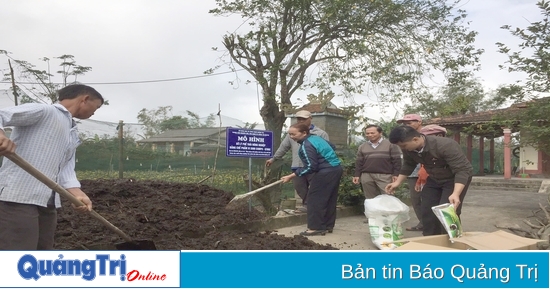

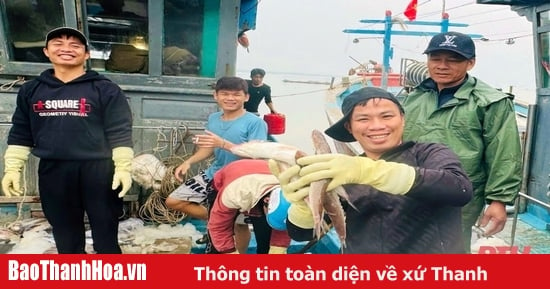





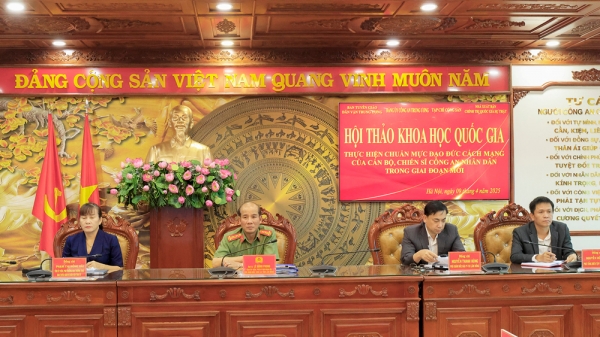

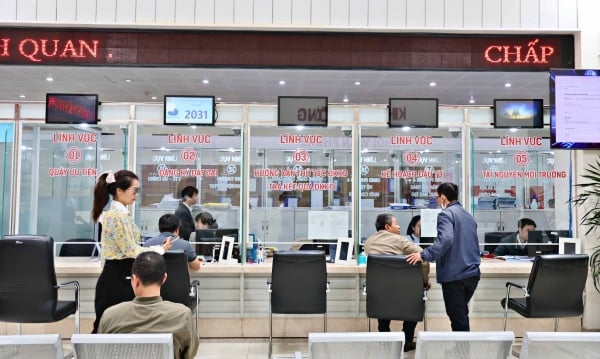





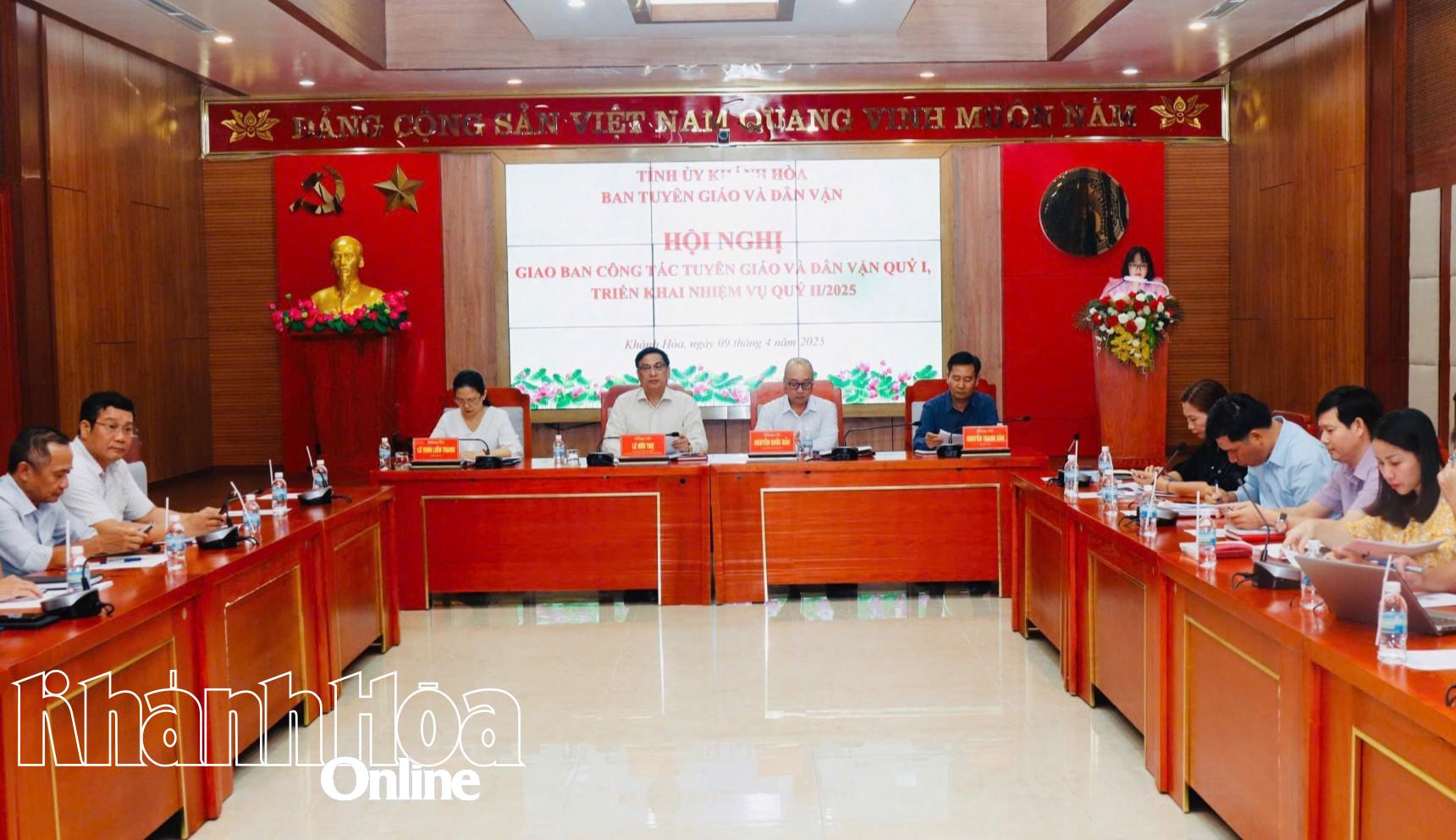
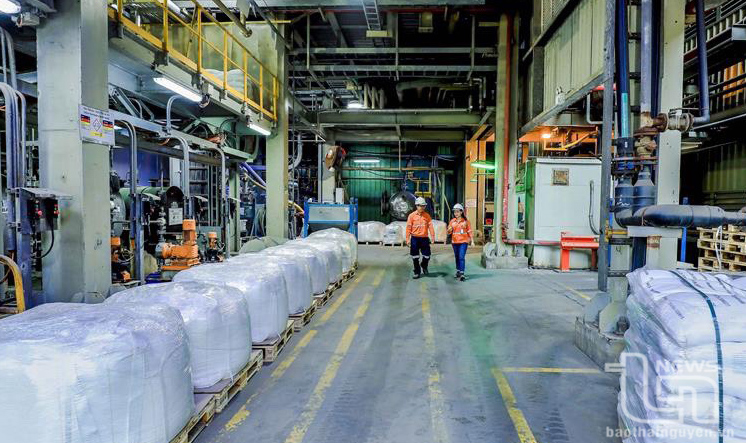
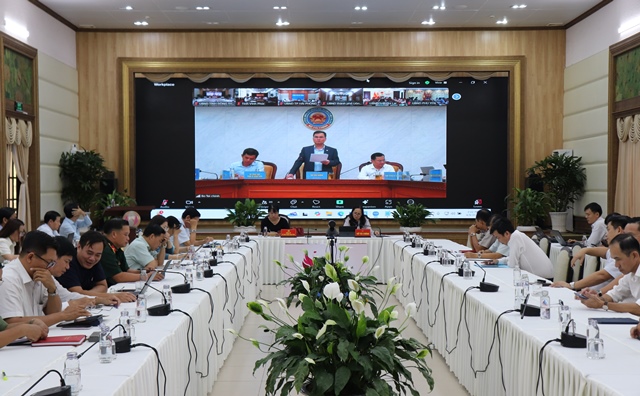
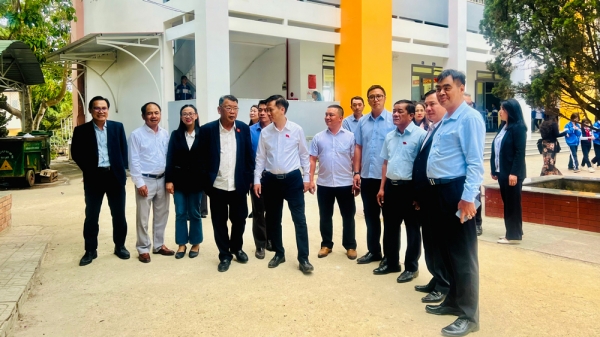

























































Comment (0)